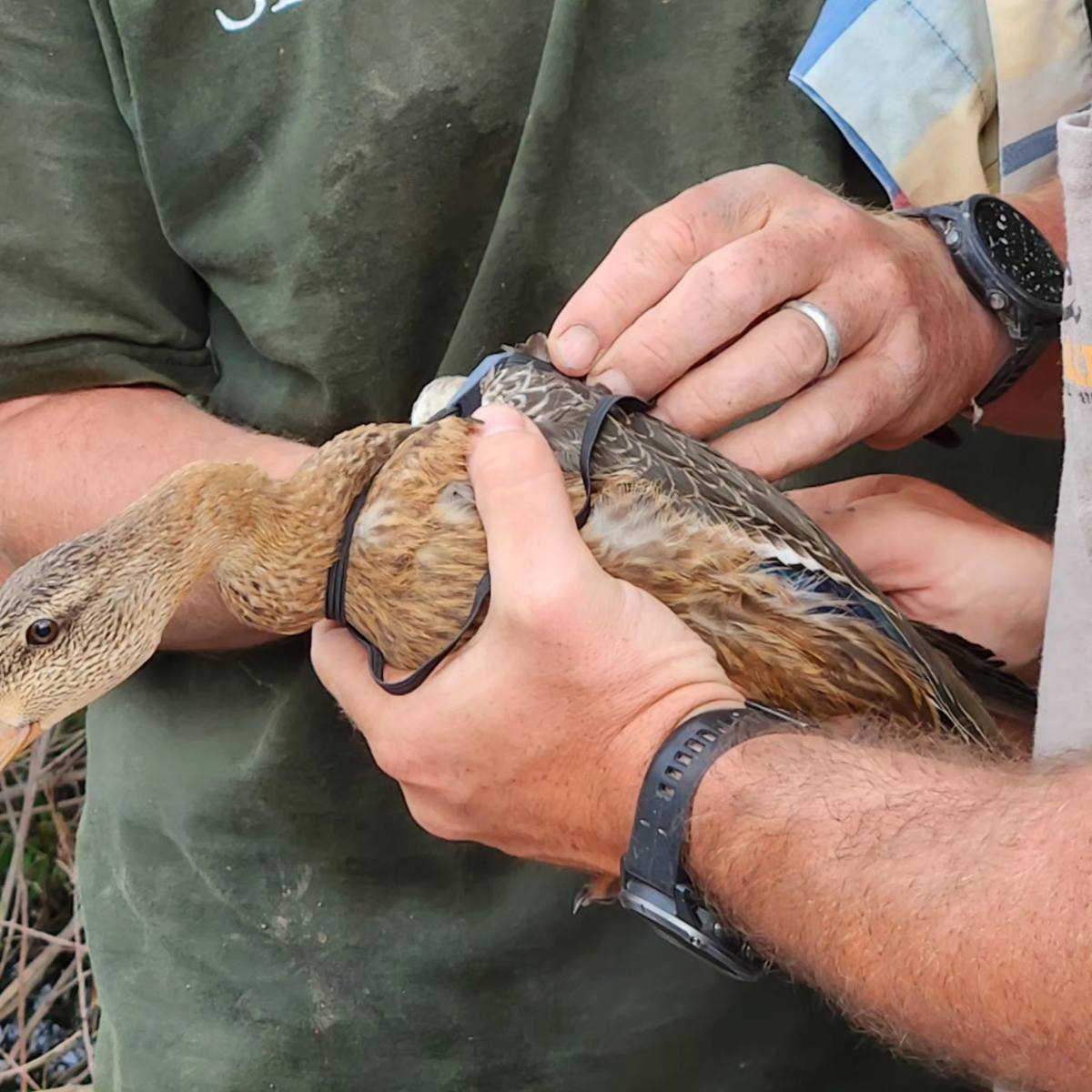Unlocking the Mysteries of the Mexican Duck: A New Species Exploration
Studying an entirely new species is a privilege few researchers encounter.
Yet, this rare chance was presented to Eric Lance, CTL’s environmental and ecological manager, when tasked with researching the Mexican Duck.
Despite being native to Arizona and surrounding regions, it wasn’t until 2020 that genetic research performed by Dr. Philip Lavretsky and his wildlife genetics lab at the University of Texas at El Paso led to the Mexican Duck (MEDU) being recognized as its own species rather than a subspecies of the Mallard.
Now, Lance has been given the opportunity to join Lavretsky, as well as Dan Collins, a migratory bird coordinator with the US Fish and Wildlife Service as the Mexican Duck is studied for the first time.
The Journey to Recognition
The Mexican Duck had been considered a subspecies of the Mallard since the 1970s. Although it is geographically isolated, appearance-wise, the Mexican duck looks like a Mallard hen. Scientists believed over time, it had lost the green heads of the Mallard to better adapt to its own environment but was the same species. It wasn’t until the genetic research performed by Dr. Philip Lavretsky and his wildlife genetics lab at the University of Texas at El Paso that the Mexican Duck was elevated from a subspecies to a new full species status in 2020.

Fast forward a few years, and there was growing interest in getting a field research project off the ground in hopes of establishing a better understanding of not only the genetics but the ecology of the species.
Lance had followed Lavretsky’s project over the last several years, particularly after Lavretsky was a guest on his podcast. So when the opportunity presented itself to help Lavretsky study the new species, Lance jumped at the chance.
“To have the chance to assist in important research at the ground level is exciting, and why I became a wildlife biologist and have spent the last fifteen years in conservation,” Lance said.
Research Project
During the week-long research project to study the duck, the team began by setting and baiting rocket net location sites to capture live birds. Throughout the week, they were able to capture 21 birds for sampling and tracking.
The samples will be used to get biological data, swab for disease, and conduct DNA analysis. Several birds also received a band around their legs, which is registered in a federal database for tracking. Finally, six birds (three drakes and three hens) received telemetry backpack trackers, which will provide very important movement ecology data for the study.
Already, the team has noticed ecological patterns that seem to differ from the Mallard – the Mexican duck seems to molt differently, for instance, and may be able to fly, even during the molting process – but these hypotheses won’t be confirmed for certain until the study is complete.

The data collected during the study will also be compared to mallard data collected as far back as the 1800s to note possible evolution.
Future Research
The Mexican Duck’s reclassification brings to light the importance of continuous scrutiny and revisiting of established scientific knowledge. Although it is neither rare nor hard to find, the Mexican duck has been overlooked for years as scientists assumed it was a subset of the Mallard. With the ongoing work of researchers like Lavretsky, Lance, and Collins, we can anticipate a more nuanced understanding of our immediate ecosystems.

